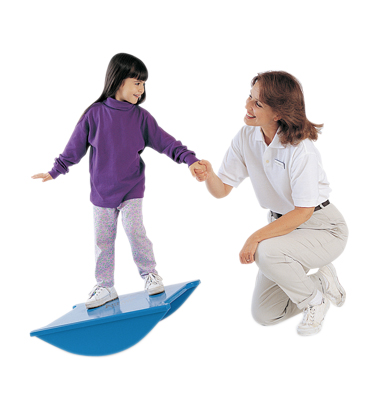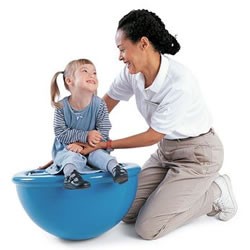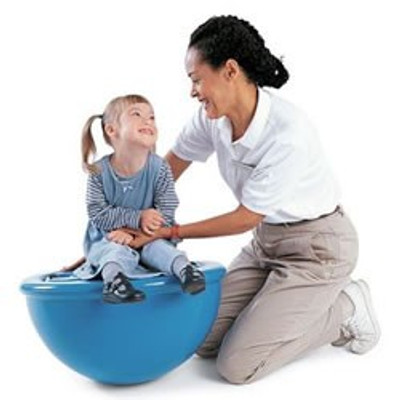 5th Apr 2017
5th Apr 2017
Adaptive Equipment in Pediatric Physical and Occupational Therapy

2.8 million children in the United States have disabilities that require special assistance. From sitting in desks and chairs to riding on school buses, kids with special needs need support to allow them to position their bodies in the proper way. Occupational therapy and physical therapy utilize specific adaptive equipment in order to help children with special needs gain the independence they need in order to function successfully at home and in school.
The Top 5 Adaptive Equipment Used for Children with Special Needs
- Pediatric Scooters: Pediatric Scooters are a great tool to use in order to help children develop the strength needed to propel themselves forward developing proprioceptive strength and neuromotor control.
- Turtle Therapy: Here’s a great device from Tumbleforms, the Turtle Therapy System. Children with special needs sometimes lack vestibular strength which can lead to imbalance and fall risks. Spinning and rocking are two activities that can strengthen vestibular strength. The Tumbleforms Turtle Therapy System provides both activities with a rocking turtle dome, net swing and padded t-stool scooter.

- Gait trainers: Gait trainers are a great piece of equipment to use to give independence to children who are unable to stand on their own. With harnesses and pelvic stabilizers for support as well as resistance options in order to control gait speed, a gait trainer gives children access to more mobility.
- Swings: Sensory Integration is another issue some kids with special needs have to deal with. Whether a full support swing which aids in sensory integration or a net swing device which adds some strength training for the limbs, swinging is a great activity to use in pediatric therapy.
- Positioning Wedges: Therapy Wedges are a practical and comfortable tool to use to help children increase tolerance of a prone position to their body as well as help improve stability and head control. Therapeutic wedges also can be used to help gain strength in gross motor activities like walking up or down hill.
The evolution of adaptive equipment has come a long way in helping people who require assistance to participate in their daily activities independently. Occupational and physical therapy utilize adaptive equipment with children to help them gain function and independence as children but to also grow into functional, independent adults. The uniqueness of adaptive equipment for children is that it’s not only effective in helping children with special needs meet their goals, but it makes the meeting of those goals fun as well.
Related Article: Pediatric Physical Therapy





